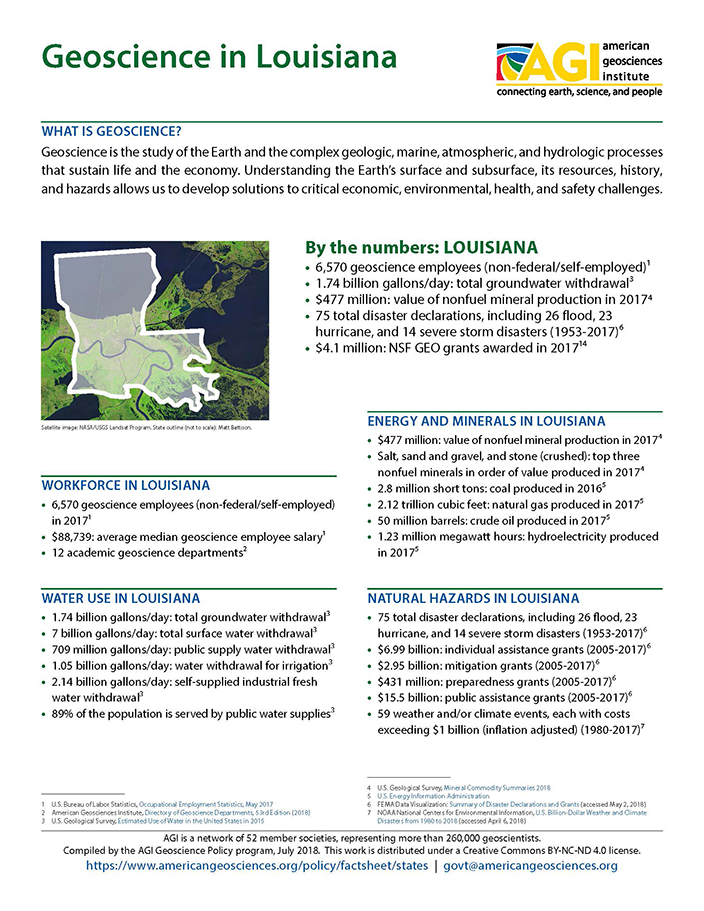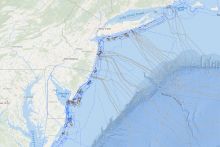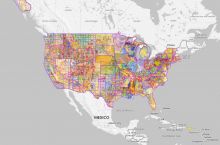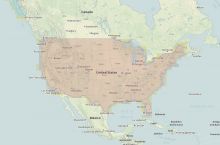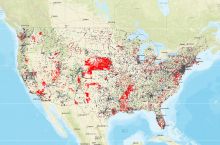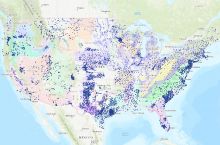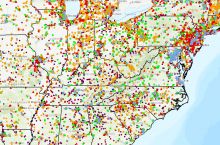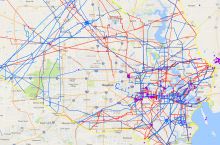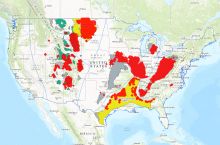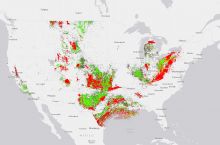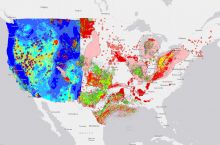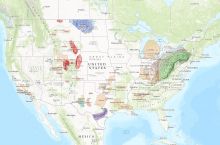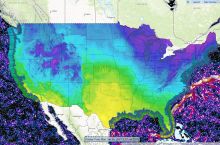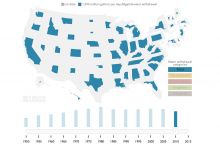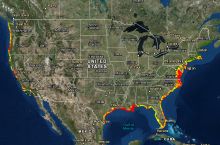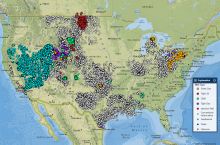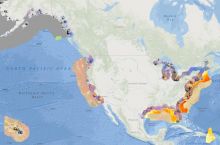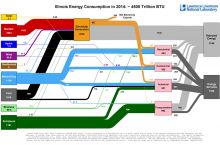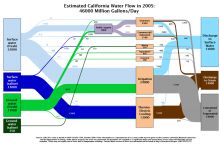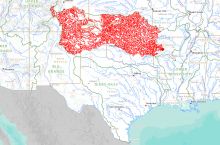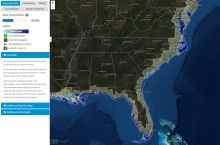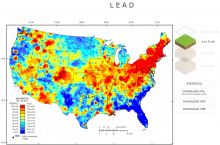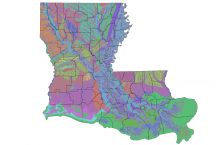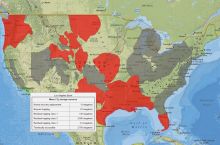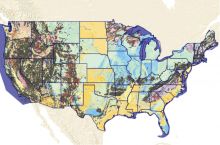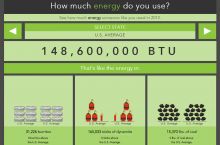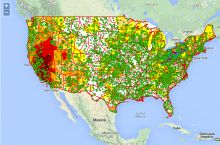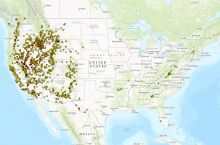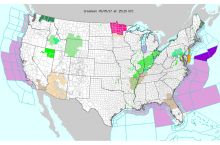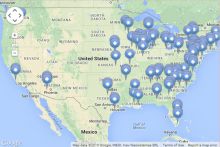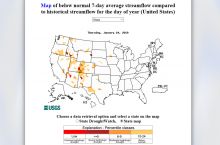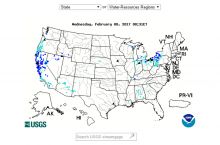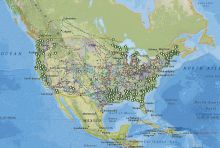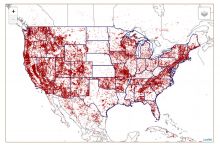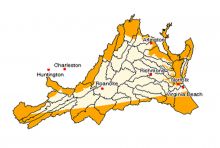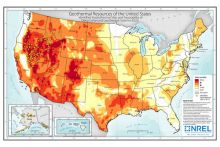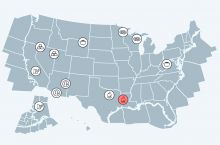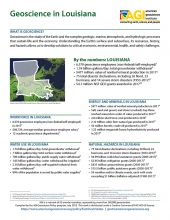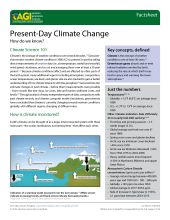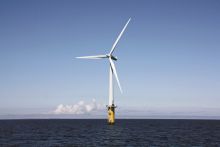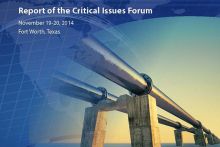By the numbers: Louisiana
- 6,570 geoscience employees (excludes self-employed)1
- 1.74 billion gallons/day: total groundwater withdrawal3
- $477 million: value of nonfuel mineral production in 20174
- 75 total disaster declarations, including 26 flood, 23 hurricane, and 14 severe storm disasters (1953-2017)6
- $4.1 million: NSF GEO grants awarded in...
Agencies Working on Geoscience Issues in louisiana
The CPRA is established as the single state entity with authority to articulate a clear statement of priorities and to focus development and implementation efforts to achieve comprehensive coastal protection for Louisiana. The Coastal Protection and Restoration Authority’s mandate is to develop, implement, and enforce a comprehensive coastal protection and restoration Master Plan.
The Department's mission is to provide service to the people of Louisiana through comprehensive environmental protection in order to promote and protect health, safety and welfare while considering sound policies regarding employment and economic development.
The mission of the Louisiana Department of Natural Resources is to ensure and promote sustainable and responsible use of the natural resources of Louisiana so that they are available for the enjoyment and benefit of citizens now and in the future.
The goal of the Louisiana Geological Survey is to benefit the state of Louisiana by encouraging the economic development of the natural (energy, mineral, water and environmental) resources of the state; protecting the state and its citizens from natural, geological and environmental hazards; insuring the effective transfer of geological and oil and gas information.
GOHSEP works with local, State, Tribal and Federal authorities; private-sector partners; and private nonprofits (PNPs) to prepare for, prevent, respond to, recover from and mitigate against future emergencies and disasters.
LOSCO's primary function is to ensure effective coordination and represetation of Louisiana's interests in all matters related to spill response and prevention. Its goals are to (1) minimize unauthorized discharges of oil, (2) provide for an effective spill response, (3) compensate the public for damages to the state's natural resources, and (4) assist the public through education, service, and public outreach.

